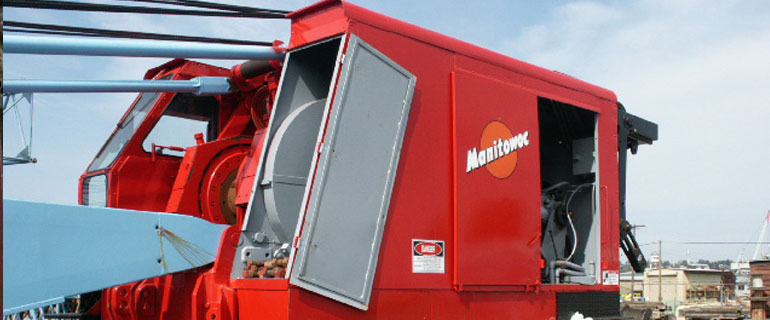What is Permafrost & How Does it Affect Alaska?
Alaska is full of many wonders from wildlife, to mountains, lakes, rivers as well as a wonder that most people likely don’t think about and never see. That wonder is Alaska’s Permafrost!
The dictionary defines permafrost as a permanently frozen layer at variable depth below the surface in frigid regions of a planet (such as earth).
ALASKA’S PERMAFROST
When most people think about the many wonders of Alaska, few consider the wonder of Alaska’s permafrost. However, the ground on which we tread in Alaska is just as much a wonder of the state as everything else.
Alaska’s permafrost is made up of soil, rocks, and water that is frozen beneath the earth’s surface. Permafrost forms when the depth of freezing exceeds the summer thawing. In Alaska, the summer thaw never exceeds the winter freezing. It is believed that Alaska’s permafrost extends beneath 85% of the state. It is thickest in the area north of Brooks Range but becomes more sparse near Anchorage and Southeast Alaska.
The complex side of permafrost is that if it begins to melt, it can cause significant problems above the surface such as erosion, landslides and compromising of roads and buildings. It can even affect plants that are indigenous to the area. Permafrost actually provides on-going moisture that nourishes plants and in turn, the plants create a barrier of insulation that protects the permafrost. The disruption of one greatly impacts the other.
HOW PERMAFROST AFFECTS ALASKA
Since the permafrost is such a vital part of Alaska’s environment, Alaskans have had to learn how to work with the permafrost in order to not disrupt it. This can be particularly challenging when it comes to building new construction. Any new construction that is built in permafrost areas must be built on pilings so that the necessary heat that is installed in the building does not transfer to the ground and melt the permafrost. Additionally, water and sewer pipes are installed above ground in order to protect the permafrost. Interestingly enough, when the Trans Alaska Pipeline was built, more than half had to be built above ground and on elevated supports. Some of these supports are even refrigerated. Oil traveling through the pipeline can be anywhere between 82-116 degrees Fahrenheit; too warm for permafrost. There are some areas where the pipe is buried underground and it is wrapped with insulation and in some cases, the pipe is buried in refrigerated ditches.
Despite the fact that it is unseen, permafrost is a vital part of Alaska’s environment and protecting it is of utmost importance.
For more information on this and other wonders of Alaska, visit Alaska Centers-Public Lands Information. You can also check out our Resources tab at Alaska Air Forwarding.com.






